Photo Gallery for Parasteatoda tepidariorum - common house spider | 124 photos are available. Only the most recent 30 are shown.
|
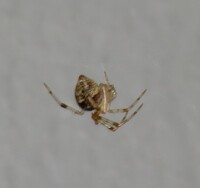 | Recorded by: Brian Bockhahn on 2025-10-18
Wake Co.
Comment: |  | Recorded by: Brian Bockhahn on 2025-10-18
Wake Co.
Comment: |
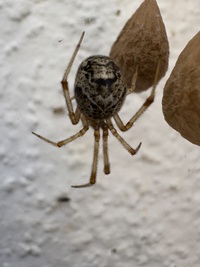 | Recorded by: Summit School 5th Grade (D.Helm) on 2025-10-07
Forsyth Co.
Comment: |  | Recorded by: Stephanie Willis on 2025-09-05
Guilford Co.
Comment: |
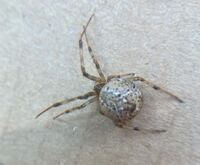 | Recorded by: Stephanie Willis on 2025-09-05
Guilford Co.
Comment: | 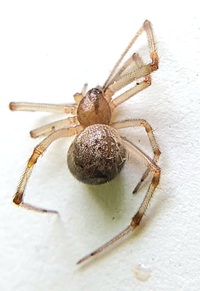 | Recorded by: Mark Basinger on 2025-08-10
Ashe Co.
Comment: |
 | Recorded by: Brian Bockhahn on 2025-08-04
Wake Co.
Comment: | 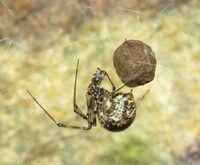 | Recorded by: Brian Bockhahn on 2025-08-03
Orange Co.
Comment: |
 | Recorded by: Brandi Kucko on 2025-07-30
Wilkes Co.
Comment: | 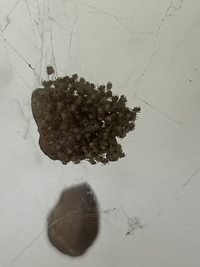 | Recorded by: Brandi Kucko on 2025-07-30
Wilkes Co.
Comment: |
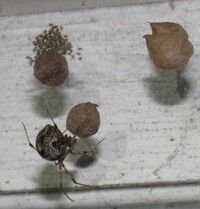 | Recorded by: Brian Bockhahn on 2025-06-01
Currituck Co.
Comment: |  | Recorded by: Brian Bockhahn on 2025-05-19
Guilford Co.
Comment: |
 | Recorded by: Brian Bockhahn on 2025-04-16
New Hanover Co.
Comment: |  | Recorded by: Mark Basinger on 2025-04-14
Wilson Co.
Comment: |
 | Recorded by: Mark Basinger on 2025-04-14
Wilson Co.
Comment: |  | Recorded by: Mark Basinger on 2025-04-14
Wilson Co.
Comment: |
 | Recorded by: Brian Bockhahn on 2025-03-14
Carteret Co.
Comment: | 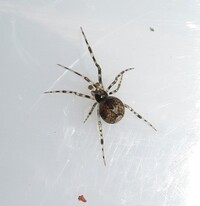 | Recorded by: Brian Bockhahn on 2025-03-14
Carteret Co.
Comment: |
 | Recorded by: Brian Bockhahn on 2025-03-04
Macon Co.
Comment: |  | Recorded by: Brian Bockhahn on 2025-02-02
Iredell Co.
Comment: |
 | Recorded by: Brian Bockhahn on 2025-01-26
Macon Co.
Comment: |  | Recorded by: Brian Bockhahn on 2024-11-05
Lee Co.
Comment: |
 | Recorded by: Jim Petranka on 2024-10-25
Madison Co.
Comment: |  | Recorded by: Jim Petranka on 2024-10-25
Madison Co.
Comment: |
 | Recorded by: Brian Bockhahn on 2024-10-24
Pamlico Co.
Comment: |  | Recorded by: Brian Bockhahn on 2024-10-23
Johnston Co.
Comment: |
 | Recorded by: Brian Bockhahn on 2024-10-09
Macon Co.
Comment: | 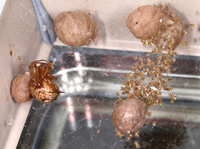 | Recorded by: Jim Petranka on 2024-09-07
Madison Co.
Comment: |
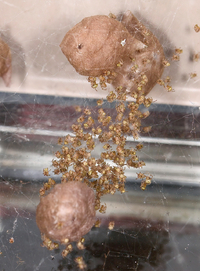 | Recorded by: Jim Petranka on 2024-09-07
Madison Co.
Comment: | 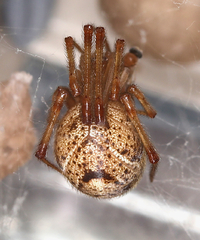 | Recorded by: Jim Petranka on 2024-09-07
Madison Co.
Comment: |
|
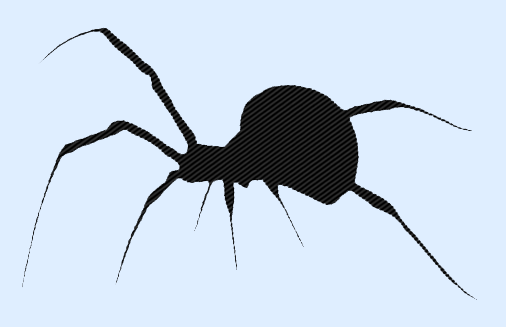
 »
»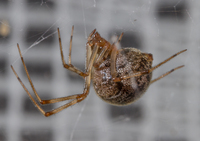


 »
»
